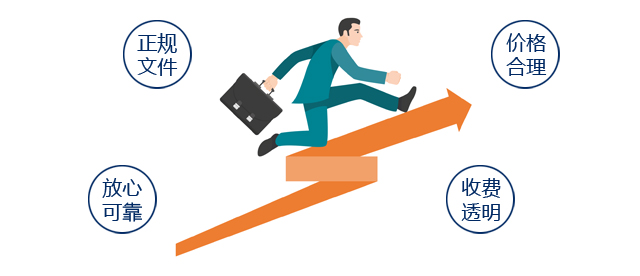Group Standards
关键词:group standards, industry innovation, quality assurance, collaboration, standardization, competitiveness, best practices
Group standards, also known as association or consortium standards, play a pivotal role in modern industries by setting benchmarks for quality, safety, and performance. These standards are developed by professional organizations or consortia that bring together experts from various sectors to establish guidelines that reflect current best practices. Unlike national or international standards, group standards are more flexible and can be tailored to specific industry needs, making them highly relevant and adaptable.
The development of group standards involves extensive collaboration among stakeholders, including manufacturers, researchers, regulators, and consumers. This collaborative approach ensures that the standards are comprehensive and practical, addressing both technical and market requirements. By adhering to these standards, companies can enhance their competitiveness, reduce risks, and improve product reliability. Moreover, group standards often serve as a stepping stone for the creation of broader, more widely accepted standards at the national or international level.
One of the key advantages of group standards is their ability to respond quickly to emerging technologies and market trends. In rapidly evolving industries such as information technology, telecommunications, and healthcare, the flexibility of group standards allows for timely updates and revisions. This agility helps ensure that the standards remain relevant and effective in driving innovation and improving efficiency.
In conclusion, group standards are essential tools for fostering innovation, ensuring quality, and promoting collaboration within industries. They provide a platform for stakeholders to work together, share knowledge, and develop solutions that benefit the entire ecosystem. As industries continue to evolve, the importance of group standards will only increase, playing a vital role in shaping the future of standardization.




















 中字头协会
中字头协会
 百位专家资源
百位专家资源
 标院审查
标院审查
 服务单位500+
服务单位500+
 10年专业
10年专业
 不通过全额退款
不通过全额退款